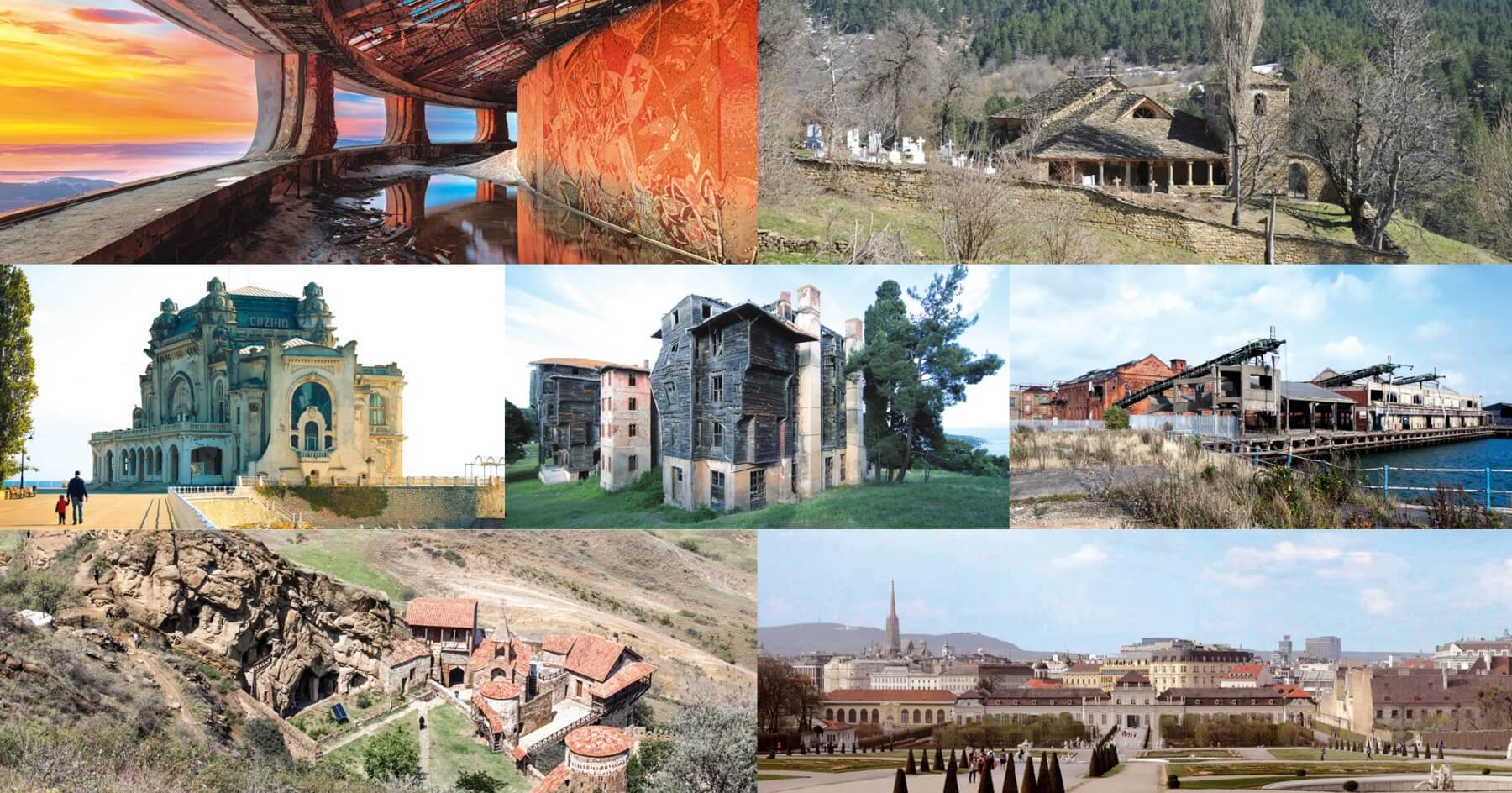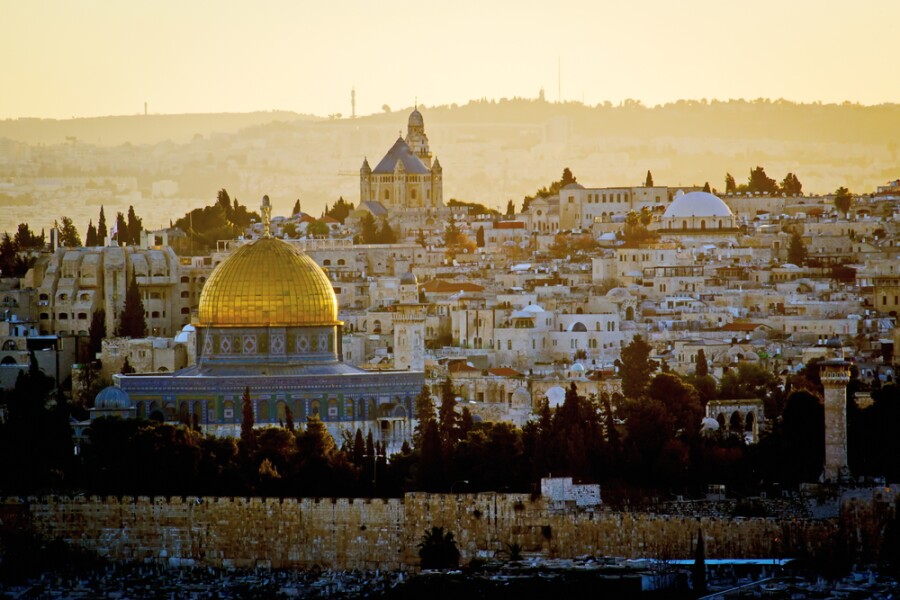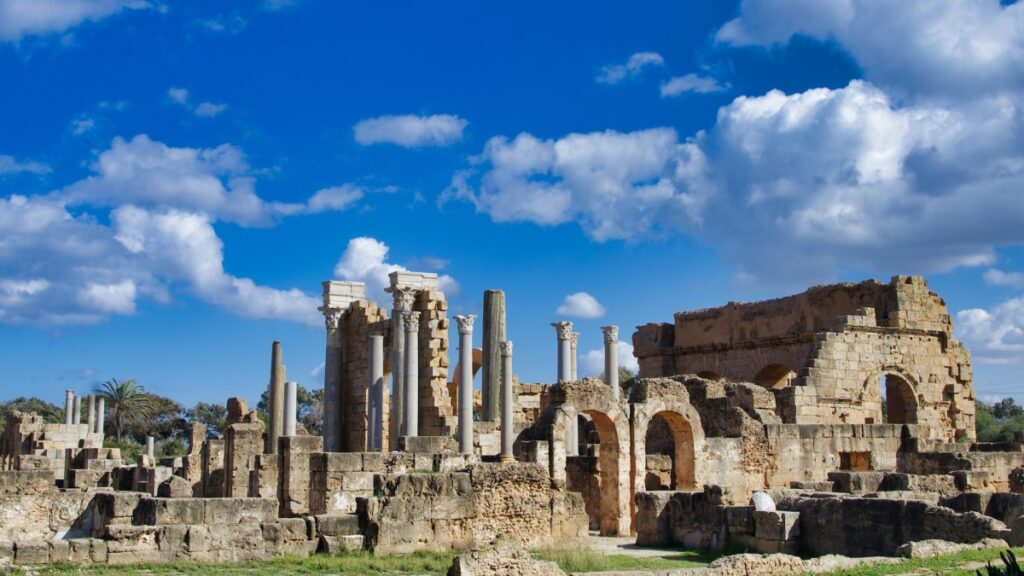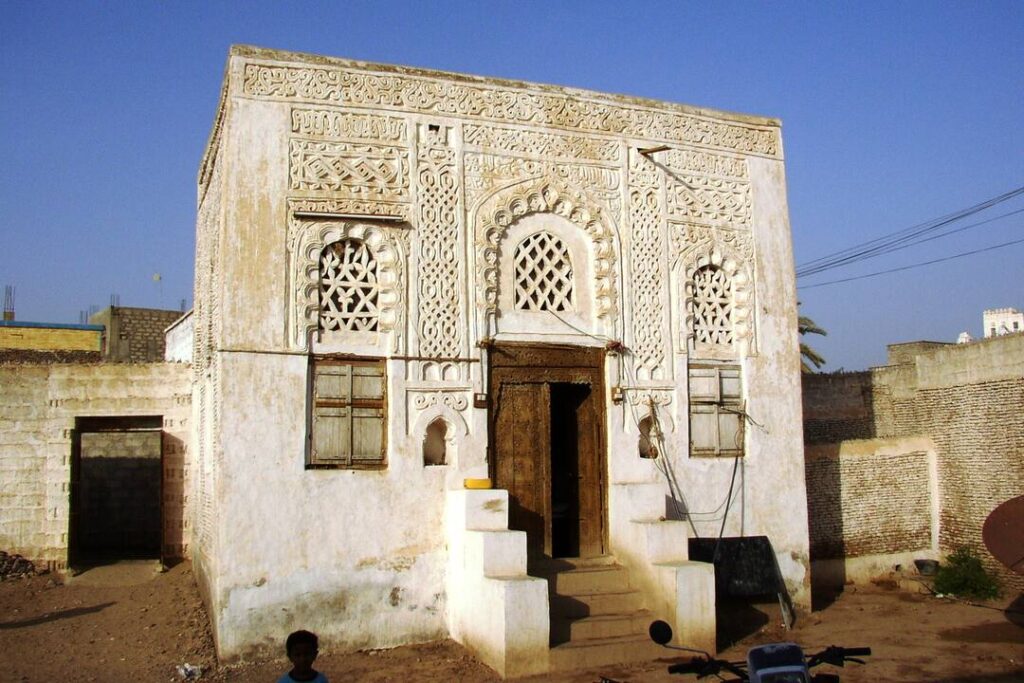“Is World Heritage Status Enough to Save Endangered Sites?”

From the crumbling temples of Angkor to the sinking city of Venice, many of the world’s most iconic cultural and natural wonders are under threat. In a bid to protect these irreplaceable treasures, UNESCO established the World Heritage List in 1978—a designation meant to honor and safeguard sites of “outstanding universal value.”
But as climate change, war, tourism, and development accelerate in the 21st century, a pressing question arises: Is World Heritage status enough to truly save endangered sites? The answer is complex—and increasingly urgent.
1. What Does “World Heritage” Actually Mean?
A World Heritage Site is recognized by the United Nations Educational, Scientific and Cultural Organization (UNESCO) as having cultural, historical, scientific, or environmental significance to all humanity.
As of 2024:
- There are 1,199 World Heritage Sites across 168 countries, including cultural (e.g., Machu Picchu), natural (e.g., the Great Barrier Reef), and mixed sites.
- To be listed, a site must meet at least one of ten criteria, such as representing a masterpiece of human creativity or containing exceptional natural beauty.
The World Heritage status is designed to bring prestige, funding, technical support, and global attention to conservation.

2. The Promises and Limitations of the Status
✅ Benefits of Being on the List:
- Global recognition often increases funding opportunities from governments and NGOs.
- Encourages tourism, which can boost local economies.
- Brings technical and scientific support for site preservation.
- Can prompt nations to enact stronger legal protections.
❌ But There Are Significant Drawbacks:
- Tourism booms can lead to overdevelopment and degradation.
- Political instability may render international protections meaningless.
- Not all countries comply with UNESCO recommendations.
- World Heritage status does not come with enforcement power—UNESCO can issue warnings, but it cannot stop destruction.
3. The “Endangered” List: A Wake-Up Call
UNESCO maintains a List of World Heritage in Danger, spotlighting sites facing imminent threats. There are currently over 50 sites on this list.
Common Threats Include:
- Climate Change: Coral bleaching in the Great Barrier Reef, rising sea levels in Venice.
- Conflict and War: Destruction of Palmyra (Syria) and Timbuktu (Mali).
- Urbanization and Development: Skyscraper construction near the Tower of London.
- Looting and Vandalism: Especially in conflict zones with little oversight.
- Neglect and Poor Governance: Lack of maintenance or legal enforcement.
Yet many sites remain endangered even after being listed, suggesting that status alone is not a conservation guarantee.
4. Case Studies: Where World Heritage Has—and Hasn’t—Helped
🏛️ Success Story: Galápagos Islands, Ecuador
- Once on the endangered list due to tourism and invasive species.
- Strong government cooperation and international aid helped manage tourism and restore ecosystems.
- Removed from the danger list in 2010.
🕌 Tragedy: Palmyra, Syria
- Despite its World Heritage status, Palmyra suffered extensive destruction by ISIS in 2015.
- International outcry followed, but conflict overpowered protection mechanisms.
- Reconstruction efforts are slow and politically fraught.
🌆 On the Brink: Venice, Italy
- Continually threatened by mass tourism and rising sea levels.
- Despite its status, UNESCO has considered putting Venice on the “in danger” list repeatedly.
- Local action has been inconsistent, and protective measures like cruise ship bans are often reversed.


5. The Politics Behind the Heritage Label
World Heritage status is not free from political and economic interests:
- Countries may lobby for inclusion to boost tourism, even if management is poor.
- UNESCO has been accused of favoring wealthy or politically influential nations in its selection process.
- “Tokenism” sometimes substitutes real protection with symbolic status.
The delisting of sites is extremely rare and often avoided due to political sensitivities, even when protection fails.
6. Tourism: A Double-Edged Sword
Many World Heritage sites experience a boom in tourism after designation. While this brings money, it also:
- Strains local infrastructure
- Damages fragile environments
- Drives gentrification and displaces communities
For example, Machu Picchu now faces daily tourist caps to prevent irreversible damage, and Angkor Wat is slowly sinking under the weight of its millions of annual visitors.
7. What’s Needed Beyond the Title?
Experts argue that World Heritage status should be just the beginning, not the end, of protection efforts.
🔑 Real Preservation Requires:
- Adequate funding and trained staff
- Strong legal protections at the national level
- Community involvement to ensure sustainable use
- Monitoring systems to assess environmental and structural damage
- Contingency planning for war and disaster
Partnerships between UNESCO, local governments, NGOs, scientists, and citizens are key to meaningful preservation.
8. The Future: Can We Rethink Heritage Protection?
There are growing calls for a reform of the World Heritage framework, including:
- A more rigorous review process after designation
- Stronger accountability for mismanagement
- Integrating climate adaptation strategies into protection plans
- Expanding digital heritage tools to record and preserve data about vulnerable sites
Technological solutions—like 3D scanning, AI monitoring, and blockchain documentation—are also gaining traction in the preservation field.

Conclusion: A Title Is Not a Shield
World Heritage status brings global attention and an aura of importance, but it is not a magical forcefield. It’s a starting point—one that must be backed by resources, policy, community stewardship, and international solidarity.
As humanity faces a wave of cultural loss—through war, climate change, and modernization—the real challenge is not just labeling what’s precious, but ensuring we act to protect and preserve it for future generations.




